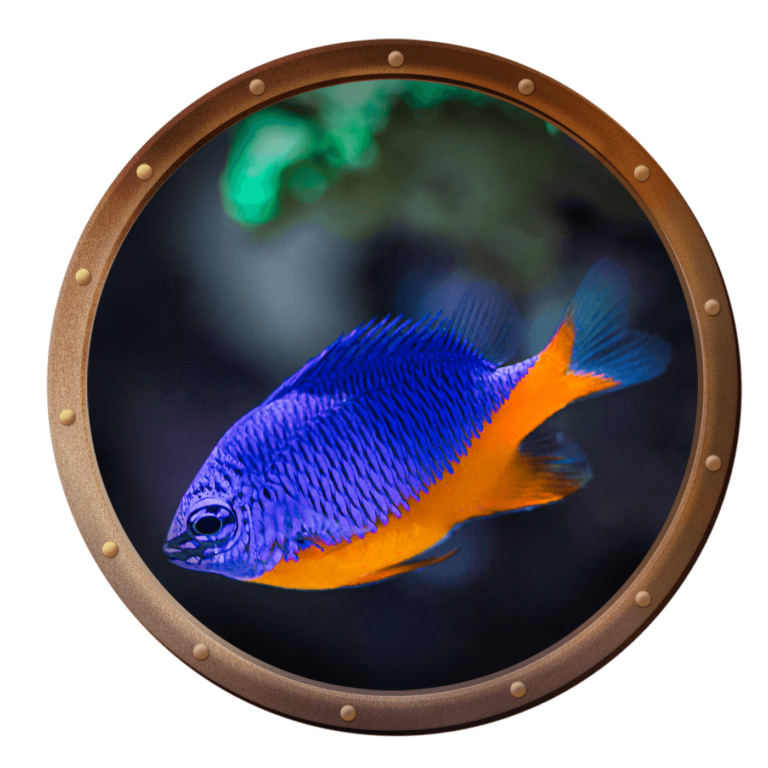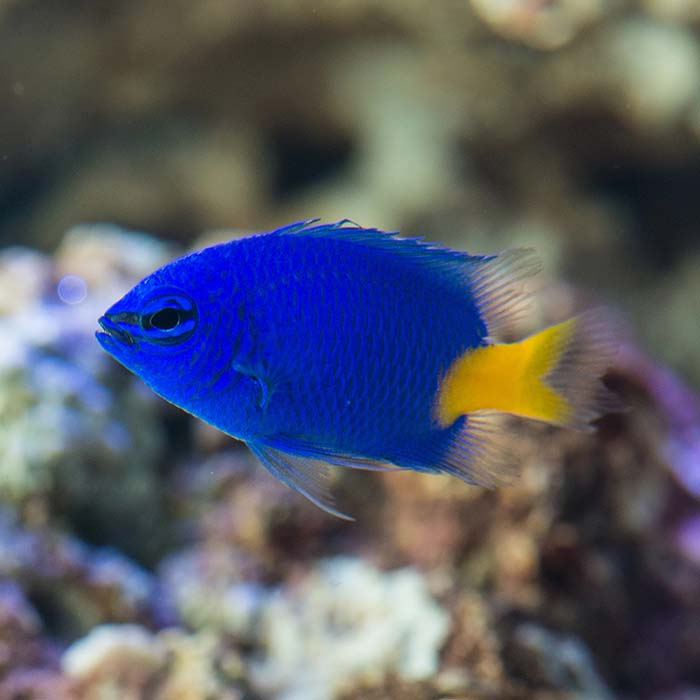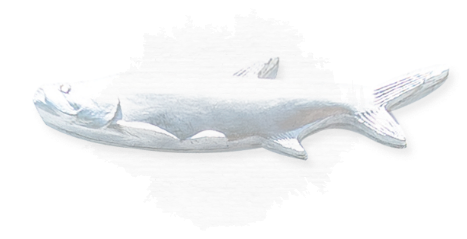Damselfish, wrasses and parrotfish are some of the brightest and most photographed fish inhabiting the coral reef. More importantly, these creatures are the unofficial caretakers of this diverse ecosystem. Each one has its unique role that plays a part in maintaining the balance of our fragile reef.
Wrasses
Wrasses are a large varied marine fish with over 600 species. They are typically tiny; most are less than 8 inches long and feed on a wide range of small invertebrates. Many serve as cleaner fish on the coral reef. Schools of wrasses will set up stations where larger fish hover, allowing the small wrasses to venture into their mouths and gill cavities to pick off parasites. You can expect to observe several large reef fish congregating around the cleaner stations, mouths gaping and gills extended, waiting to be groomed.
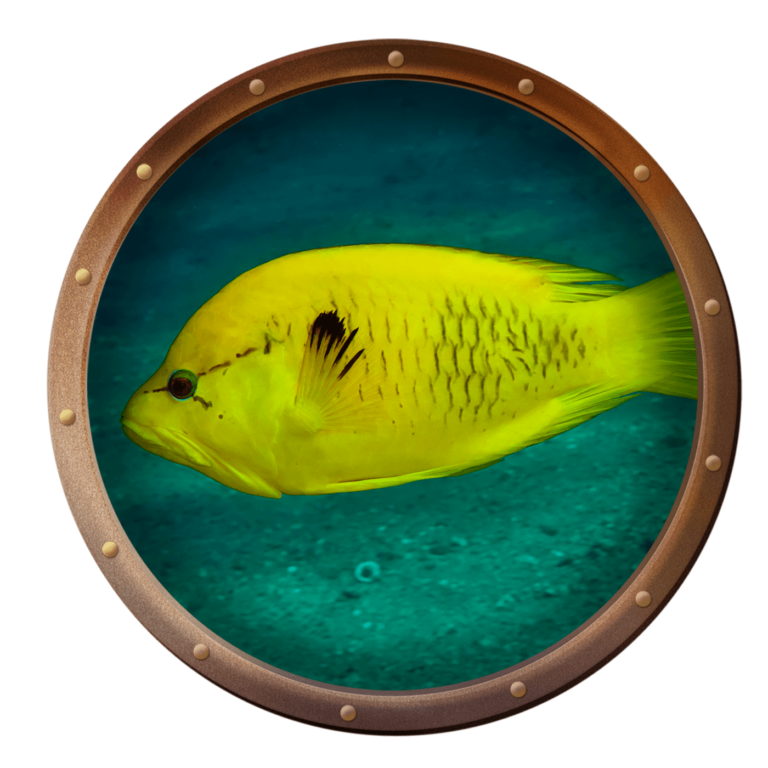
Parrotfish
Parrotfish, a close relative of the wrasse, are named for their fused teeth that give their mouth a beak-like appearance. Parrotfish are plentiful and can be found all over the world’s oceans. About 80 identified species range in size from less than 1 to 4 feet in length. Schools of parrotfish graze over coral reefs like cows in a grass field. Their teeth specialize in scraping algae and invertebrates from coral and rocks. Another set of teeth is on the floor and roof of their throat. These pharyngeal teeth crush ingested materials, resulting in large amounts of calcareous materials being consumed and excreted. As a result, a single 5 lb parrotfish can produce an average of 1 ton of sand per year.
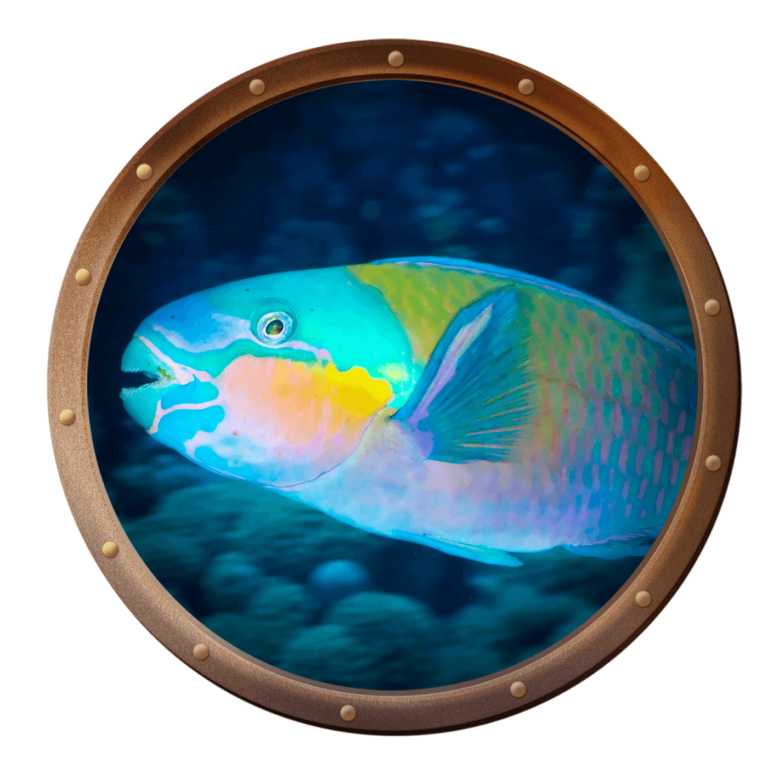
Damselfish
Damselfish are the farmers of the coral reef and rarely grow to more than 5 inches in length. These small fish will cultivate, harvest and nurture a small patch of filamentous algae throughout their life. Part of the upkeep is also to weed out calcareous algae or other biological material that is harder to digest. However, don’t be fooled by their small size and bright colors. Damselfish are highly territorial and aggressively protect their crop even from a passing diver.
